The History of Hemp
The history of cotton is a controversial, and complex one. From acquiring its kingly status on the back of slaves in the west to the modern issue of cotton’s water thirst. Questions around cotton’s viability are increasing. As parts of the world suffer from water shortages and unending droughts, people are beginning to wonder if it is really worth it, and whether if there is a strong alternative. Many think they have already found the answer from the past, from a material that was used for everything from making paper to paint, hemp. Across parts of the ancient world, hemp was used to create an assortment of different products but has slowly given way to cotton over the years. With questions arising from cotton’s growth cycle, to the eventual demise of tonnes of cheap, unworn clothing, cotton is starting to become a burden.
Ancient Use of Cannabis
Hemp has an extremely chequered past. It was at times, the ultimate cash crop, but was eventually relegated to the status of a cheap, troublesome plant that was too problematic. The earliest recorded uses are in Japan, with later use in China around five to four thousand BC in the creation of textiles, shoes, rope and even a rudimentary form of paper. In this earlier time period, hemp cultivation was sporadic around the world and limited to civilizations that were already knowledgeable on the plant. Later, the Spanish conquerors took hemp to South America where the crop found footing in Chilean soil in 1545. It took little time to spread North, and eventually, settlers from the old world found native tribes cultivating hemp and making clothing from it.
The American Revolution
The history of hemp is most significant in the United States, the power centre of the world. In the early days, hemp was considered a cash crop. By the mid-1600s, hemp became an integral part of many regional American economies. It even came into law in Virginia in 1619 that all planters had to plant both the ‘English and Indian’ variety of hemp. Hemp was heavily in use by the British Crown, as they used it to outfit the ship with miles of sail, cordage and rope. In fact, hemp was so integral to the Republic, that Abraham Lincoln himself grew hemp and maintained a diary of it.
Many of his contemporaries grew the plant too, including Thomas Jefferson who invented a new type of brake to crush the plant’s stems during processing. The Declaration of Independence was even written on paper made from hemp. Hemp was an important part of early American agriculture but lost its status over the centuries.
The Demise of Hemp
The advent of steamboats was an early part of the plant’s demise. As ship’s demand for huge amounts of hemp sail, rope and cordage waned, so did the crop. Despite the fact that a mechanized process for processing hemp was introduced in the 1920s, hemp still suffered. In 1937, the federal government passed the dreaded Marihuana Tax Act of 1937, levying a tax on anyone who dealt with hemp or cannabis commercially. This, coupled with the introduction of new synthetic fibres dealt a death blow to the industry.
Businessmen like Randolph Hearst were fearful of hemp replacing paper in the newspaper industry, due to the cheap growth process and viability of hemp, as opposed to cutting down mature trees that took decades to grow. Coupled with the DuPont family who had just invented nylon, found a good reason to team up against the all-weather plant with help from sympathizers in the government. Eventually, hemp production became piecemeal and had no role to play on the national stage, until WWII.
The American armed forces made use of jute and hemp from the Philippines for uniforms but had their supply lines cut off by the Japanese. A campaign was started with a short film ‘Hemp For Victory. The campaign was a success, and production grew to 36,000 acres in 1942, twenty times the amount being produced just a year before. Hemp production never sprang back in the USA after the war and was once again relegated to the status of a lowly narcotic.
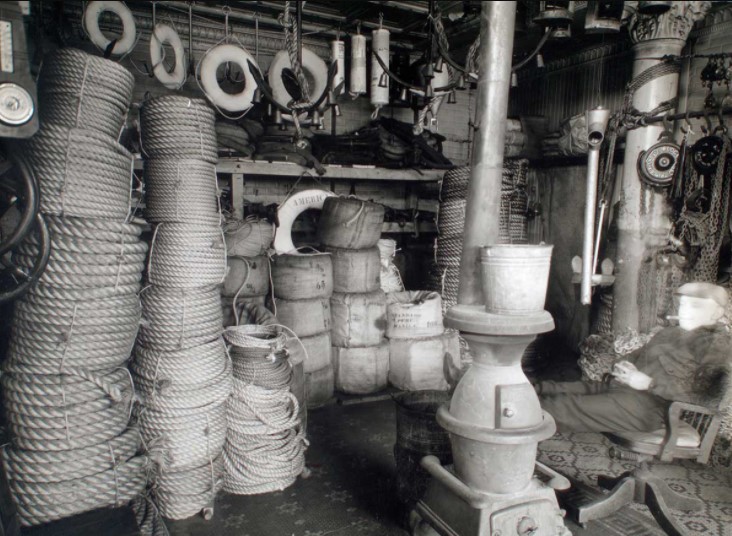
Environmental Impact of Cotton vs Hemp
Recently, we’ve been made to face the effects of climate change on our world. Cotton is something we’ve always taken for granted, and never assessed from an environmental perspective. Cotton is one of the most widely grown crops in the world, making up 2.5% of all known agricultural land on the planet, and consumes 16% of all insecticides and 6.8% of all herbicides around the world.
These pesticides and herbicides often result in debilitating illnesses for the people who work the land and are unable to pay expensive medical bills or take time off to recover. Not only will these pesticides harm the health of farmworkers, but they will also contribute to creating a new generation of super-pests that are resistant to currently available pesticides, in the same way, that many bacteria have become resistant to all known antibiotics. This cycle necessitates the constant development of new, stronger pesticides and herbicides, which are only more intensive on their effects on the environment and humans.
It is also a thirsty plant, with the World Wildlife Foundation (WWF) estimating that it takes around 20,000 litres of water to produce one kilogram of cotton, which would approximately produce one t-shirt and one pair of jeans. Due to these water needs, cotton crops greatly contribute to soil salinization and eventual soil fertility degradation. Soil is a carbon sink. Plants growing from the soil capture carbon.
The carbon sequestration process is diminished with the lack of fertility in the soil. This helps to increase demand for fertilizers, which are almost always overused and generously applied, leaving much of the fertilizer to produce harmful greenhouse NOx gasses, which are a hundred times more effective at trapping heat than carbon dioxide. While cotton is ubiquitous around the world, it does not change the facts around its growing process and the harm it does to the environment. If there is a viable alternative at hand, it should be considered.
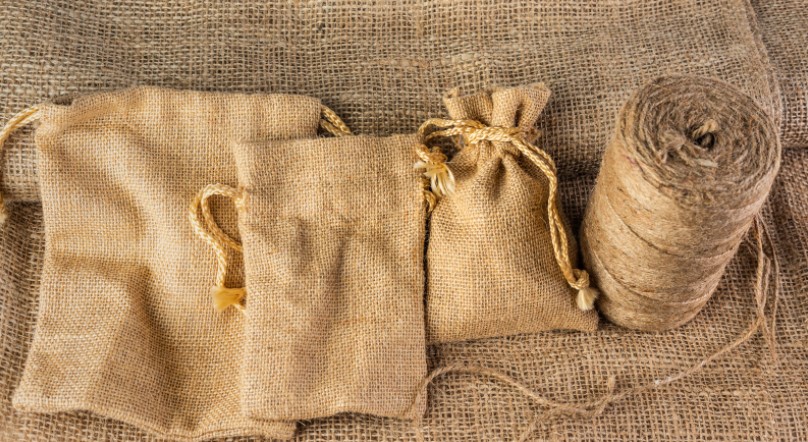
The Undemanding Nature of Hemp on the Environment
Hemp, on the other hand, requires minimal maintenance and care. It requires fewer pesticides and herbicides due to hemp having no major pests, demands significantly less fertilizer than cotton if any. Hemp also has deep roots and is able to access nutrients that most crops cannot, and grows faster than most weeds. The amount of land that has been taken from habitats and converted to mono-agricultural use for cotton, has multiplied the greenhouse effect. However, hemp requires around half of the land needed to produce the same yield. Replacing cotton with hemp will result in the use of less land, which can allow this unused space to be reclaimed by nature. Allowing a variety of animals and plants to thrive, strengthening the ecosystem of the area and leaving it less susceptible to disasters as well as capturing significant amounts of carbon from the atmosphere.
Cotton’s thirst for water is not shared by hemp either, it drinks around 50% more water per season, and uses four times as much water when processing is taken into account. Funnily enough, this has meant that a majority of cannabis plants uprooted by the American Drug and Enforcement Administration (DEA) have been wild, untended plants due to how easily they can grow.
Hemp – Blending Construction with the Environment
On top of this, the products created from hemp can contribute to removing carbon from the atmosphere. One of the most exciting materials is Hempcrete. A building material created from hemp results in zero-carbon construction as opposed to the traditionally carbon-heavy building projects that make use of traditional materials. It only takes an area the size of a football field and four months to grow enough hemp to build a typical three-bedroom house. Not only is the construction process environmentally friendly, but the breathable nature of hempcrete will also drastically reduce heating and cooling needs in the house, preventing the need to adjust the internal temperature with heaters and coolers. Hemp has proven itself in a variety of areas, from foodstuffs to clothing and can only get bigger as a market.
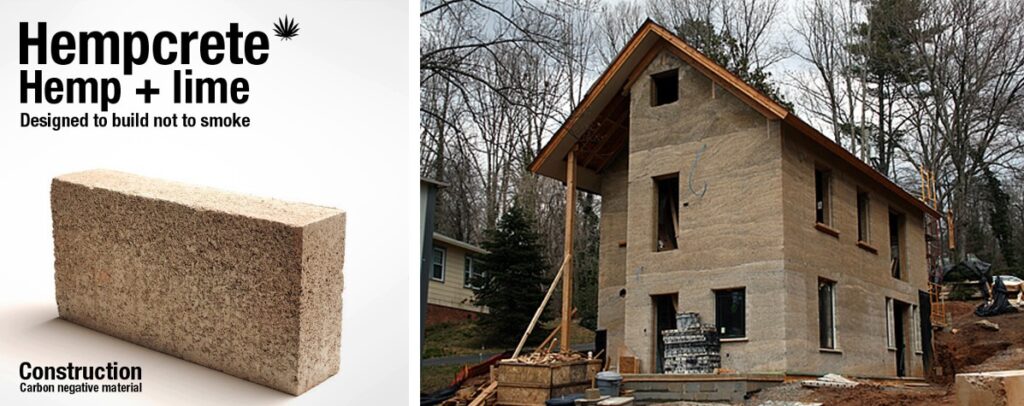
The Law and Attitudes are Slowly Changing
While there may be a small stigma still associated with cannabis, it is slowly dying. Change has taken place too. In 2014, Barack Obama signed the Farm Bill, which contained an amendment to allow states in which hemp cultivation is legal, to grow hemp for research purposes. While the amendment only allows state agricultural boards and universities to grow the plant, it represents a move in the right direction that could logically lead to its legalization and resurgence, when research is able to empirically prove the benefits of hemp production.
Hemp has captured the public imagination, with a focus on the climate emergency having been thrust into the spotlight and into the face of the average person. It’s often been considered the wonder plant by many but is only now slowly gaining credence as a legitimate contender with many different materials due to its relatively benign effect on the planet. As the planet continues to suffer from the flood of carbon-intensive, water-thirsty processes, we need to consider new materials that will not burden the planet, but still, provide the resources of the quality we need. Hemp is the best option right now, and with increased research efforts into its processing and help from lawmakers, hemp could be one of the most potent weapons against climate change and the destruction of our planet.

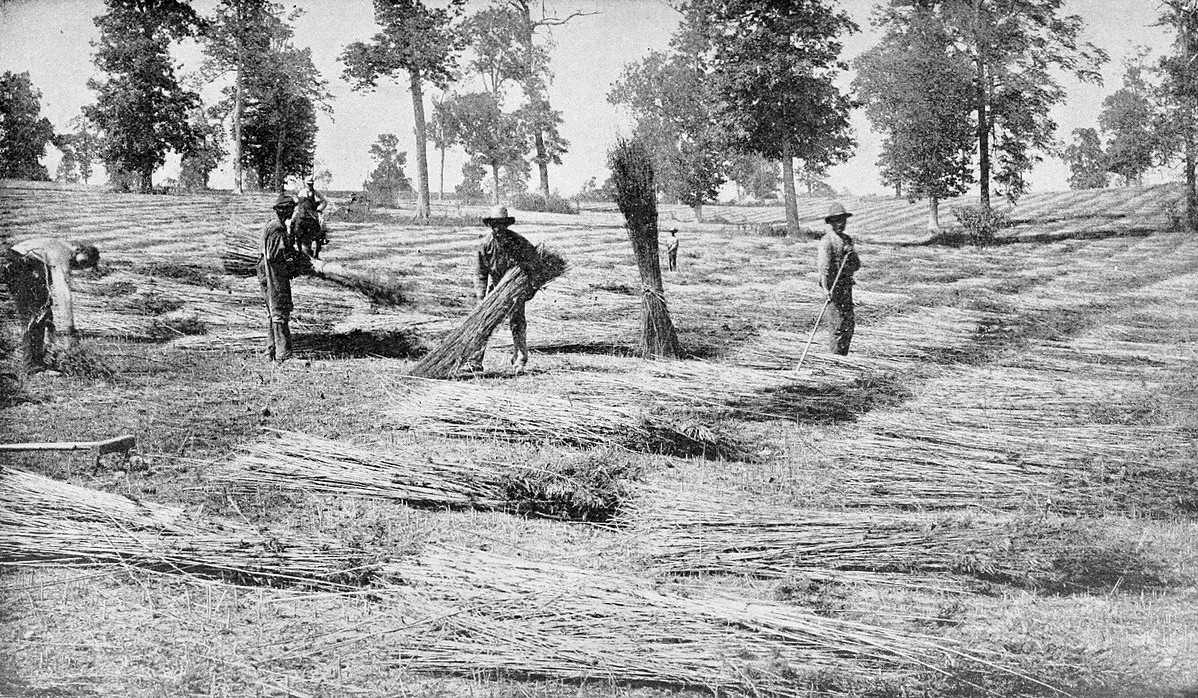
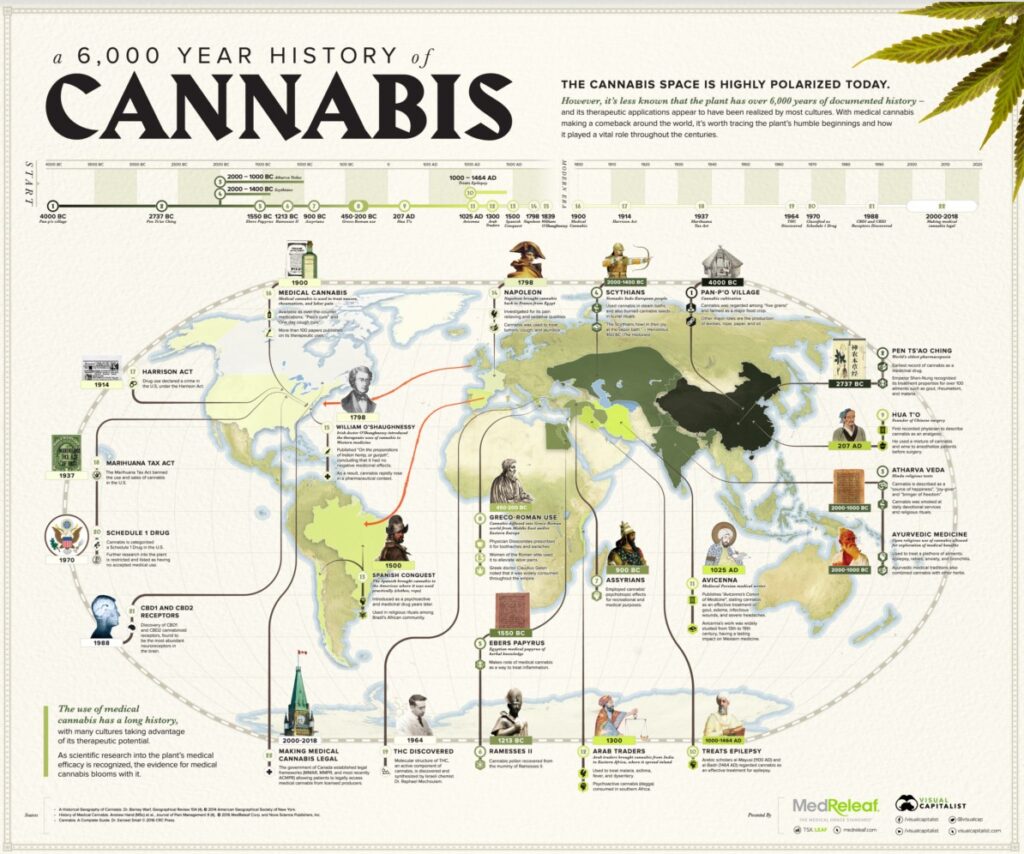
This site was… how do I say it? Relevant!! Finally I have found something that helped me. Many thanks!
It’s got to be better than cutting down trees.